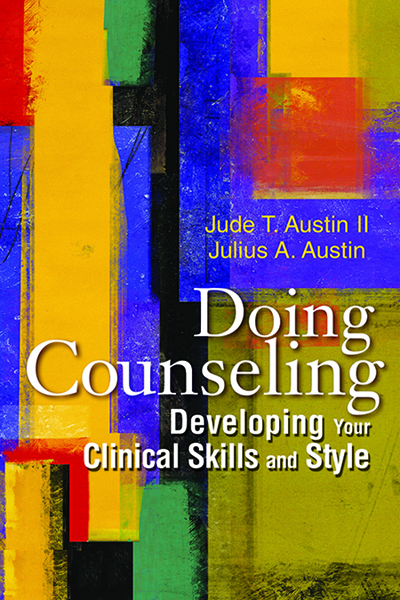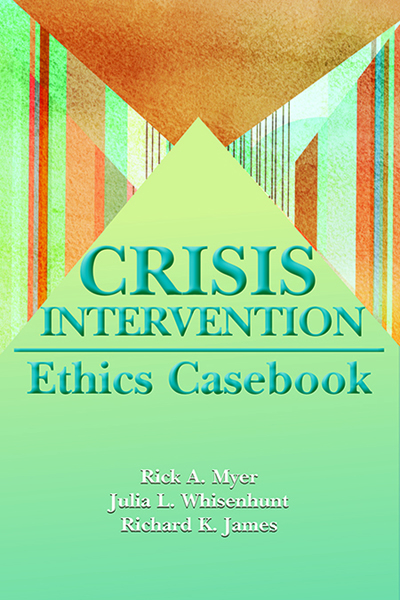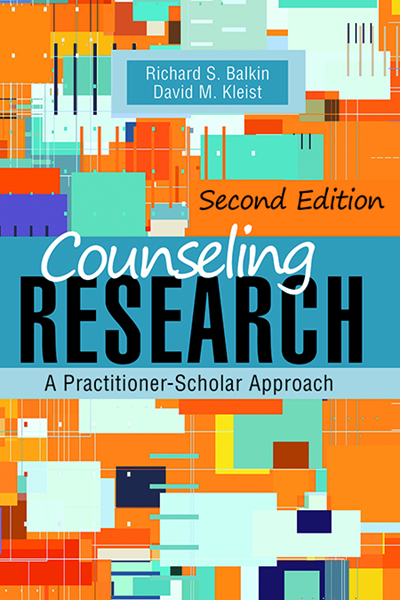
H2 Heading Goes Here
The American Counseling Association (ACA) publishes books written for professional counselors, clinicians, counselor educators, and counselors-in-training. Your proposal should be written with this audience in mind (i.e., it reflects that counseling is a professional relationship that empowers clients to accomplish mental health, wellness, education, and career goals; the terminology used is counseling-based; the majority of the citations/references are counseling resources).
Manuscript Writing and Style Guidelines
The guidelines below must be followed if your manuscript is accepted for publication by ACA.
- The manuscript must be typed and double-spaced, including references.
- All material must adhere to American Psychological Association (APA) style. This includes references, abbreviations, and guidelines for language bias. Refer to the Publication Manual of the American Psychological Association, Seventh Edition (APA, 2020).
- Check all references for completeness. All publications cited within the text must appear in the reference list and, conversely, all publications listed in the reference list must be cited in the text. Adequate information should be given to allow the reader to retrieve the referenced material from the source.
- Lengthy quotations (400 cumulative words or more from one source) require written permission from the copyright holder (usually the publisher) for reproduction. Adaptation of tables and figures also requires reproduction approval from the copyrighted source. It is the author’s responsibility to secure such permission and pay any related fees. Written permission for all material must be provided to ACA with the final draft.
- Authors bear responsibility for the accuracy of all content, including references, quotations, tables, and figures.
Artwork Preparation Checklist
- All figures should be submitted at the approximate size they will appear in the final publication. For example, for a standard 6 x 9 inch book final artwork should be approximately 5 x 7 inches. A final copy of any figure(s) should be submitted with your first draft.
- Consider the size and proportion of all elements within figures. Each element must be large enough and sharp enough to be legible. Use a simple typeface (e.g., Helvetica or Futura). Any text within the figure should be a minimum of 8 points (or no larger than 14 points) in size for legibility. Also consider line weight (thickness). Any lines should be a minimum of ½ point, up to 2 points in weight.
- Artwork should be black only because the internal text of your book will be in black and white. The use of color in your figure is not acceptable because it will not reproduce well. To distinguish different elements in your artwork, use alternate patterns or clearly distinguishable lines (e.g., alternate cross hatching within bar graphs or solid and dashed lines).
- Keep the use of any shading within the artwork to a minimum and do not place type over shaded areas because it will not be legible. Try to avoid multiple areas of shading that are close together in value as it will be difficult to distinguish differences.
- All abbreviations and symbols must be explained in a figure legend or caption (see APA Publication Manual, pp. 183–186 for listing of statistical symbols and abbreviations).
- ACA requires electronic artwork to be at a minimum resolution of 600 dots per inch (dpi) up to 1200 dpi. Halftone line screens should be a minimum of 300 dpi. JPEG or PDF files are preferred. Do not embed artwork within your manuscript, but rather insert a figure callout in the text discussion (e.g., see Table 1.1) and attach artwork as a separate file with the electronic submission of your first draft.
- Figure or table file(s) should be appropriately labeled with author name and/or brief article title for easy identification (e.g., Smith Counseling Teens Figure 1.1).

Doing Counseling: Developing Your Clinical Skills and Style
Jude T. Austin II and Julius A. Austin
Category: Graduate Student and New Professional
Order Now
Category: Graduate Student and New Professional

Crisis Intervention Ethics Casebook
Rick A. Myer, Julia L. Whisenhunt and Richard K. James
Category: Ethics and Legal Issues
Order Now
Category: Ethics and Legal Issues

Counseling Research: A Practitioner-Scholar Approach 2nd Edition
Richard S. Balkin and David M. Kleist
Category: Counselor Education and Supervision
Order Now
Category: Counselor Education and Supervision

Counseling Research: A Practitioner-Scholar Approach 2nd Edition
Richard S. Balkin and David M. Kleist
Category: Counselor Education and Supervision
Order Now
Category: Counselor Education and Supervision
W. Bryce Hagedorn, PhD
Jan 8, 2024, 09:17 AM
Title :
W. Bryce Hagedorn, PhD
Brooks and McHenry have done it again! This third edition has been thoroughly updated to reflect the important changes that the DSM-5-TR brought to the treatment community—namely that substance use disorders are now viewed on a spectrum rather than as a dichotomy. Through their inclusion of such important topics as diversity, a systemic approach, grief and loss, spirituality, and mutual self-help support groups, readers will be comprehensively equipped to address the multiple needs of their clients who struggle with substance use and addictive disorders.
